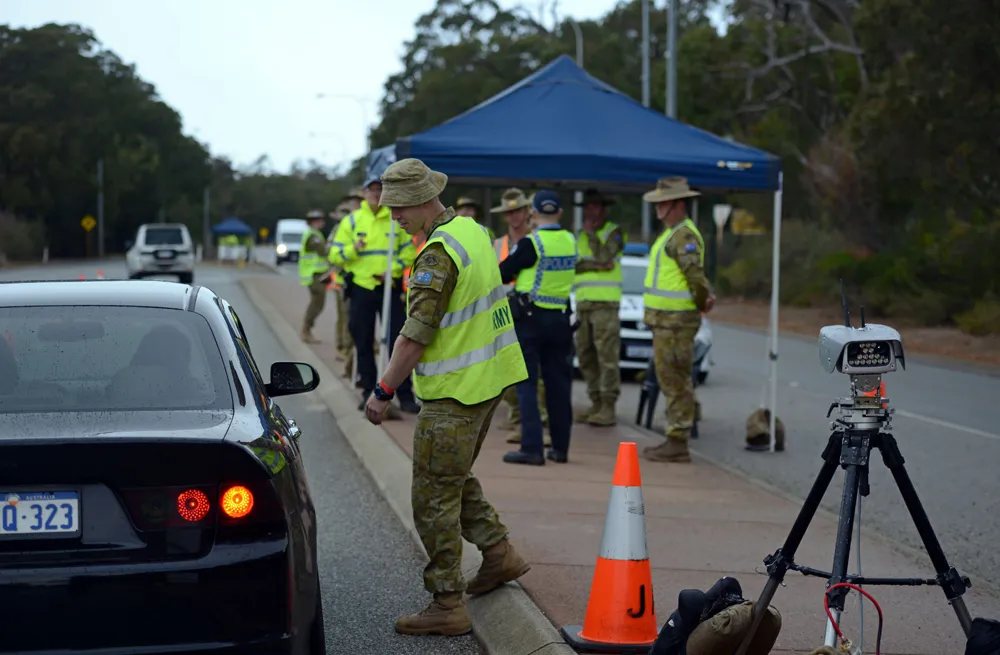Hi-Tech Solutions (HTS) has announced the VIR (Vehicle Identity Recognition) suite, a patent-pending technology which the company claims is a generation ahead of basic Licence Plate Recognition (LPR). The VIR suite recognises vehicle manufacturer logos (car make), car model, vehicle body and plate colours, country or state names and special icons on the plate itself (such as a handicap badge). HTS says the recognition capabilities of the numerous parameters identifying vehicles greatly enhance and improve v
January 16, 2012
Read time: 2 mins

The VIR suite recognises vehicle manufacturer logos (car make), car model, vehicle body and plate colours, country or state names and special icons on the plate itself (such as a handicap badge). HTS says the recognition capabilities of the numerous parameters identifying vehicles greatly enhance and improve verification and classification of the vehicle. They help check the correlation between the car type, licence plate number and data stored on police and homeland security databases, allowing an immediate alert when a suspicious vehicle passes through the system.
The company says the suite also increases the efficiency of toll road operators, who can bill for road usage more effectively because the automatic cross-checking of vehicle parameters can prevent billing of the wrong person and enhance accurate identification and billing.










